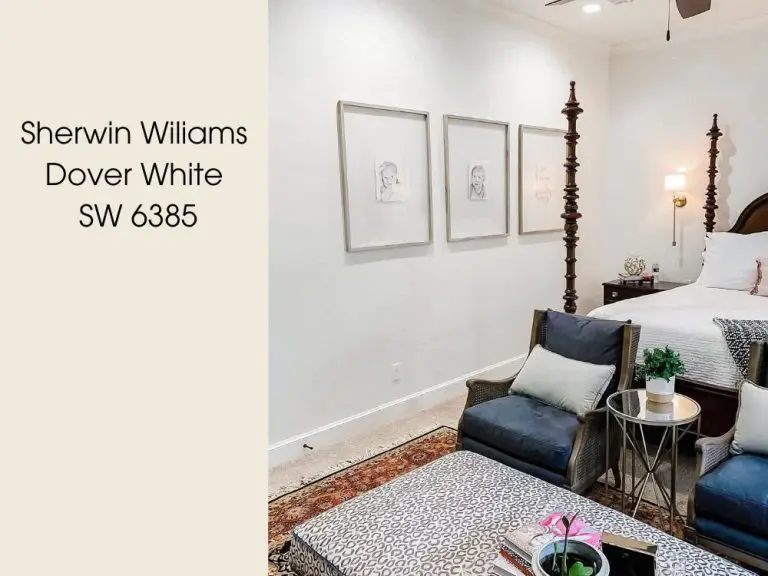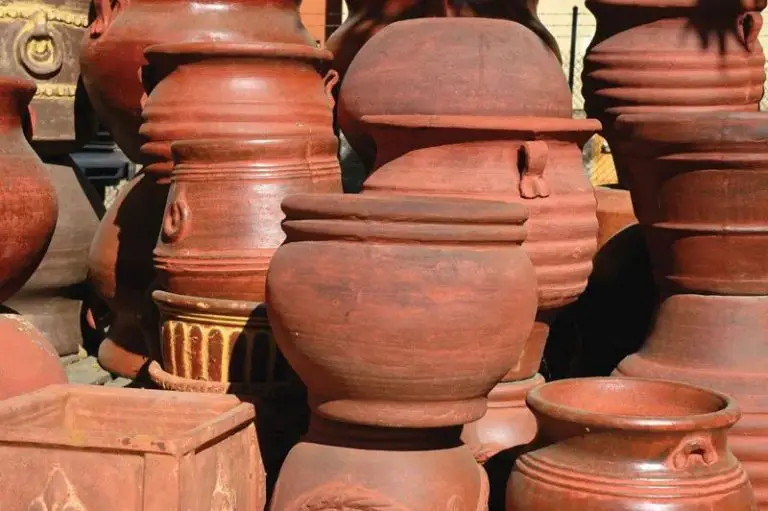What Type Of Clay Forms Are Pinch Pots Best Suited For?
Introducing Pinch Pots
Pinch pots are a type of pottery formed entirely by hand, without the use of a potter’s wheel. The basic process involves taking a ball of clay and pinching and pushing it with fingers and thumbs to form the desired shape. Pinch pots likely originated thousands of years ago, during the development of early human civilizations that discovered the moldability of clay. Evidence of ancient pinch pots dates back over 20,000 years to the Jōmon period in Japan. Pinch pottery also became an important folk art tradition in many cultures around the world.
One of the earliest and most notable uses of the pinch pot technique came from the ancient Mayan civilization, where pinch pots were a common household good. The Mayans crafted utilitarian vessels for storing water and food as well as incense burners for spiritual ceremonies. To read more about the history of Mayan pinch pots, check out this informative article: https://resources.finalsite.net/images/v1571872132/lwsdorg/r0hi3lpdjydozju5tyiw/01claycreaturepinchpotinfo.pdf
At its core, pinch pottery involves taking a ball of clay and pinching and smoothing the sides to create a simple pot form. Holes can be poked into the top to make spouts for pouring. Pinch pots can be left solid, or have parts of the clay pressed inward to thin the walls. The process relies entirely on the creativity of the hands to mold the clay into endless shapes and forms.
Best Clay Types for Pinch Pots
When selecting clay for pinch pots, earthenware and stoneware clays tend to be good choices. According to https://www.reddit.com/r/Pottery/comments/10cxkbp/best_clay_for_pinch_pots/, earthenware clays are usually recommended for beginning potters working with handbuilding techniques like pinch pots. Earthenware fires at lower temperatures, absorbs water, and has a porous surface which can lead to interesting textured finishes. It also tends to be flexible and easy to manipulate by hand.
Stoneware clays can also work well for pinch pots according to https://www.uslegalforms.com/form-library/567336-pinch-pot-rubric. Stoneware clays are stronger and less porous than earthenware, and they can be fired to higher temperatures. The strength of stoneware allows pinch pots to maintain their shape without slumping or sagging. Stoneware’s dense body helps pinch pots retain moisture and makes them functional as vessels. However, stoneware’s stiffness may require a bit more effort when pinching and shaping by hand.
In general, the properties that make a clay good for pinch pots include flexibility, plasticity, and strength. A clay with some elasticity that can be stretched and shaped without cracking is ideal. Plasticity allows the clay to slowly retain the form it’s pinched into. And sufficient strength prevents thin-walled pinch pots from collapsing while still permitting intricate shapes. Test different clays to find one with properties that suit your pinch pot project and skill level.
Texture and Finish
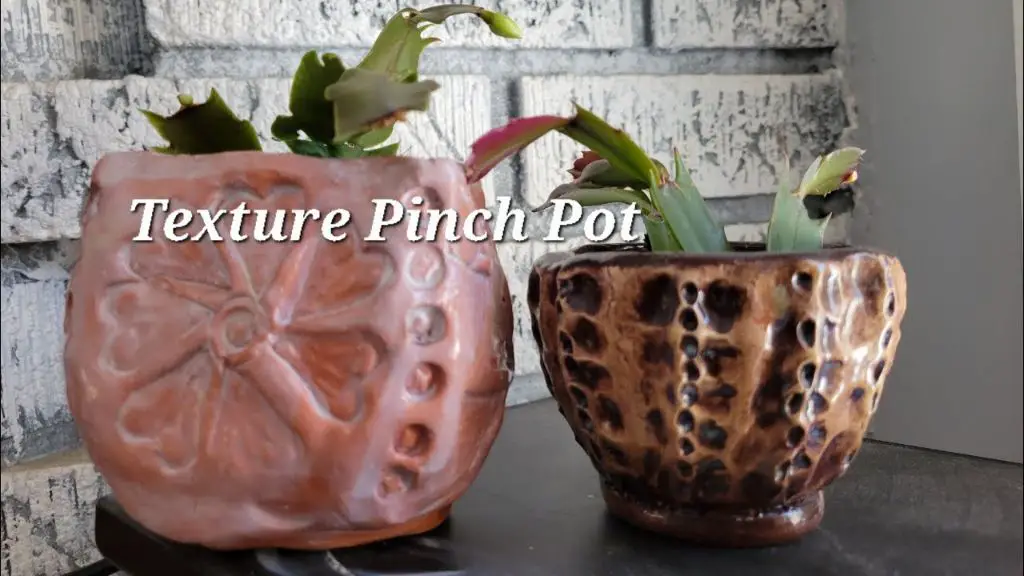
Pinch pots allow for a wide variety of textures and finishes. The clay can be smoothed out with fingers, tools, or a sponge for a refined look. Or the surface can be left rough and organic showing the indentations from pinching and shaping. Patterns can also be pressed into the clay using textured materials or tools to create decorative effects.
Pinch pots work well with a variety of finishing techniques. Once dried and fired, the surface can be painted with acrylics, watercolors, or spray paints. Glazing is also an option to create shiny colored finishes. The surface can also be buffed and polished for a smooth semi-gloss look. Source
The texture and finishing possibilities are nearly endless with pinch pot techniques. Builders can create smooth refined pieces, rough organic pots, or decorated sculptural works.
Simple Shapes
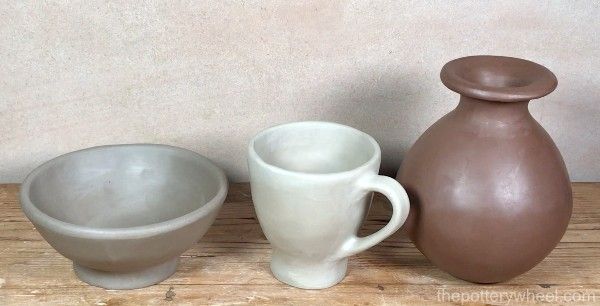
Pinch pots are ideal for creating simple, rounded shapes. The most basic pinch pot is shaped like a small bowl or cup. To create this, start by pinching the clay into a rounded base. Then pinch the sides outward and upward to form the walls of the vessel. Creating gentle curves and rounding the edges results in an organic, flowing form.
Oval and elongated tube-like shapes are also easily achieved with pinch pots. For an oval shape, pinch one end of the base into a point while leaving the other end rounded. For a tube, roll the clay into a long cylinder and then pinch into shape. Whether crafting a small pinch pot vase or round box, the clay easily morphs into elementary forms.
The Midwest Clay Project demonstrates how to create basic pinch pot shapes like a disk, cone, cylinder, and sphere in their instructional video here. Focusing on simple forms allows beginners to master control over the clay and understand the techniques.
Adding Embellishments
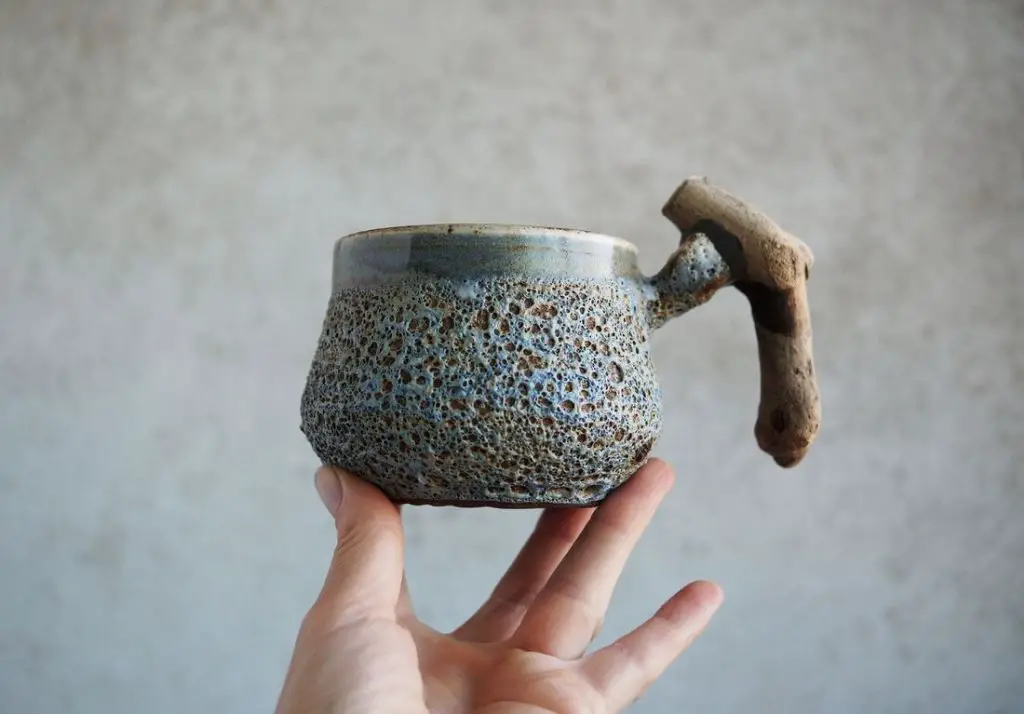
One of the best things about pinch pots is how easy they are to decorate and embellish. You can add handles, spouts, textures, stamps, and more to make your pinch pot creations truly unique. Attaching extra pieces of clay is a great way to embellish a basic pinch pot shape.
Handles are a popular embellishment for mugs, cups, and other vessels. Roll a sausage of clay and attach it to the pinch pot with slip. Bend it into a curved handle shape and blend the seam using slip and your fingers. You can make strap handles, pulled handles, or coiled handles depending on the style you want.
Spouts are perfect for turning pinch pots into teapots or pouring vessels. Roll a tapered snake of clay and attach it where you want the pour spout. Blend the seam and shape the spout as desired. Make sure the opening is large enough for pouring. Get inspiration from this pout-pout fish pinch pot for adding a spout.
You can also attach shapes like coils, balls, teardrops, and more to embellish pinch pots. Make textures by adding rows of rolled balls or by imprinting designs using stamps. Get creative with the shapes and textures you add to make your pinch pot unique.
Creating Lids
One of the great things about pinch pots is that you can easily create a fitted lid to go with your vessel. This allows you to make closed containers like canisters, boxes, and jars. When creating a lid, it’s important that it precisely matches the contours of your pot’s opening so you get a tight seal.
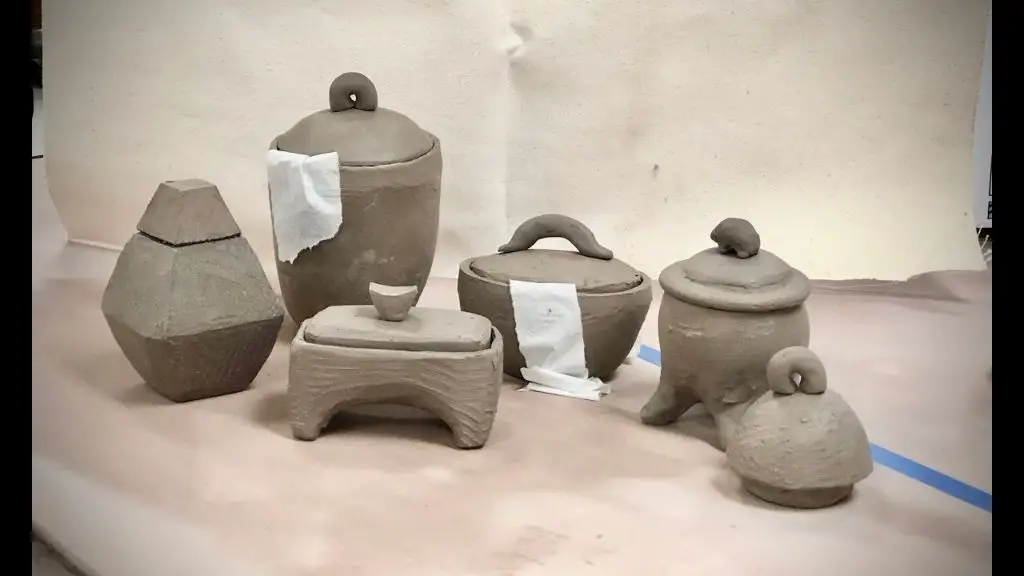
Start by measuring the opening of your pinch pot vessel using a soft flexible tape measure. Make note of the widest dimensions as well as any indentations or organic shapes along the rim. Take the lump of clay you will use for the lid and begin pinching and shaping it into a round just slightly wider than your opening measurement. Use the tape measure often to check the size.
Next, gently press the soft clay lid into the opening of your pinch pot, creating an impression. Do this evenly all the way around, applying light pressure. You may need to pinch and shape the lid more to get it to fit snugly just inside the pot’s rim. Remove the lid and trim any excess clay. Allow both pieces to firm up slightly before reattaching the lid and smoothing the seam. Your custom fitted lid will create a perfect seal!
Vessels and Bowls
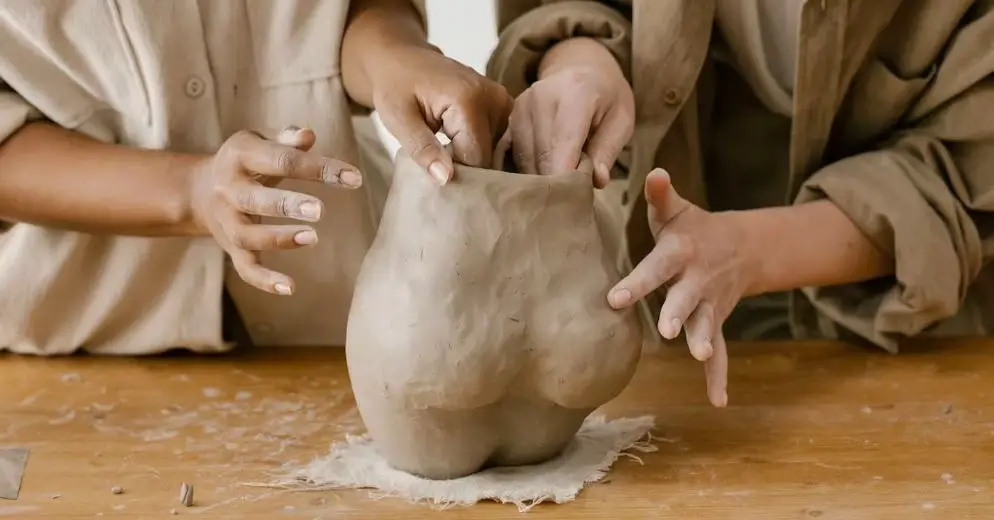
Pinch pots are a great technique for creating unique vessels and bowls in a variety of sizes. The process of pinching clay allows the potter to shape thinner walls compared to coils or slabs, making pinch pots ideal for small bowls, vases, cups, and other vessels intended to hold liquid or small objects.
The pliability of clay used for pinch pots enables shaping delicate, flowing curves to form bowls and vases. Smooth stoneware and porcelain clays low in grog work best for intricate vessels. A sturdier clay high in grog can be used for thicker, heavier vessels with a more rustic aesthetic. The flexible nature of pinch pots allows creating customized vessel shapes such as teardrops, spheres, diamonds, and ovals that would be difficult to throw on the wheel.
Pinch pots tend to have a rough, organic finish showing the potter’s fingerprints. While some prefer leaving this texture as-is, vessels can be refined by smoothing the surface with tools, a damp sponge, or fine sandpaper. The irregular walls of pinch pots make them ideal for applying decorative techniques like carving, incising, stamping, and painting. Small pinch pot vessels can even have embellishments like handles, spouts, or feet attached. With endless options for shape, texture, and decoration, pinch pots are a versatile technique for realizing your vision for a unique ceramic vessel or bowl.
Figurines and Sculptures
Pinch pots are perfectly suited for creating small anthropomorphic and zoomorphic figurines and sculptures. The pinch pot technique allows artists to shape clay into detailed human and animal forms with relative ease. By pinching and smoothing the clay, artists can sculpt arms, legs, tails, ears, snouts, and other anatomical features.
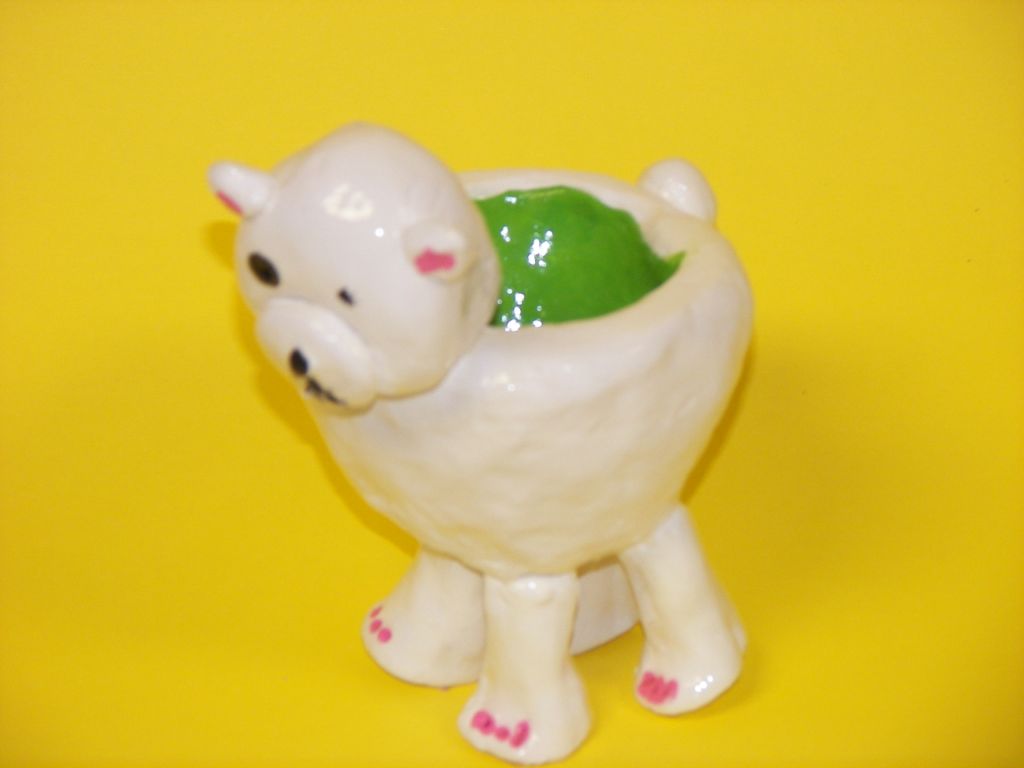
Anthropomorphic figurines depicting humans and human-like characters are commonly made with the pinch pot method. The clay can be pinched and pulled to shape heads, limbs, clothing, and accessories. Facial features like eyes, nose, and mouth can then be added using clay sculpting tools.
Zoomorphic figurines of animals and creatures can also be crafted from pinch pots. Building up areas of clay and making indents allows artists to create tails, wings, horns, scales, and textures for fur or feathers. The organic nature of pinch pots lends itself well to forming the curves and contours of animal bodies.
For shaping more intricate figurines, artists may start with a basic pinch pot form, then add smaller pinch pot shapes for defining details. The forgiving nature of clay allows endless opportunities for modifying and perfecting figures through pinching, smoothing, and sculpting (https://www.pinterest.com/unsilk/pinch-pot-figures/).
Pinch pots enable artists to craft a wide range of imaginative figurines, from whimsical characters to detailed human and animal sculptures. The hands-on, direct method makes pinch pots an accessible and creative way to shape clay into unique three-dimensional forms.
Creative Techniques
One way to get creative with pinch pots is by combining slabs, coils, feet or bases. Here are some techniques to try:
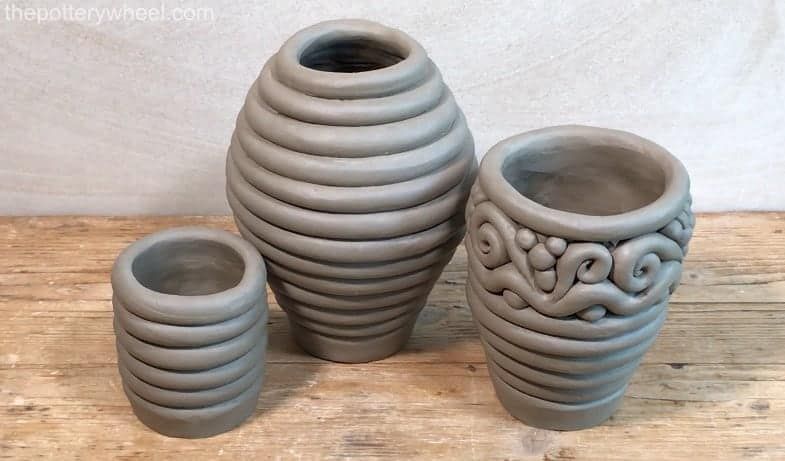
Using slabs: Roll out a flat slab of clay and use it to create the base or lid of your pinch pot. Attach the slab by scoring and slipping the clay before joining. This allows you to make a pot with a flat bottom or creative shape.
Adding coils: Roll ropes or coils of clay and apply them decoratively to your pinch pots. Coils can be used to make handles, spouts, or decorative elements like rings around the pot.
Attaching feet or bases: To give your pinch pot some height, pinch and attach a base or feet made of rolled coils of clay. Place them under the bottom of your pot before the clay hardens.
Cutting away clay: Use basic clay sculpting tools to cut patterns or designs into the sides of a leather-hard pinch pot. This can create interesting textures and designs.
You can find inspiration for creative techniques from pinch pot artists like Lisa Naples and Jennifer McCurdy who use slabs, coils, and cutting in innovative ways.
Best Uses for Pinch Pots
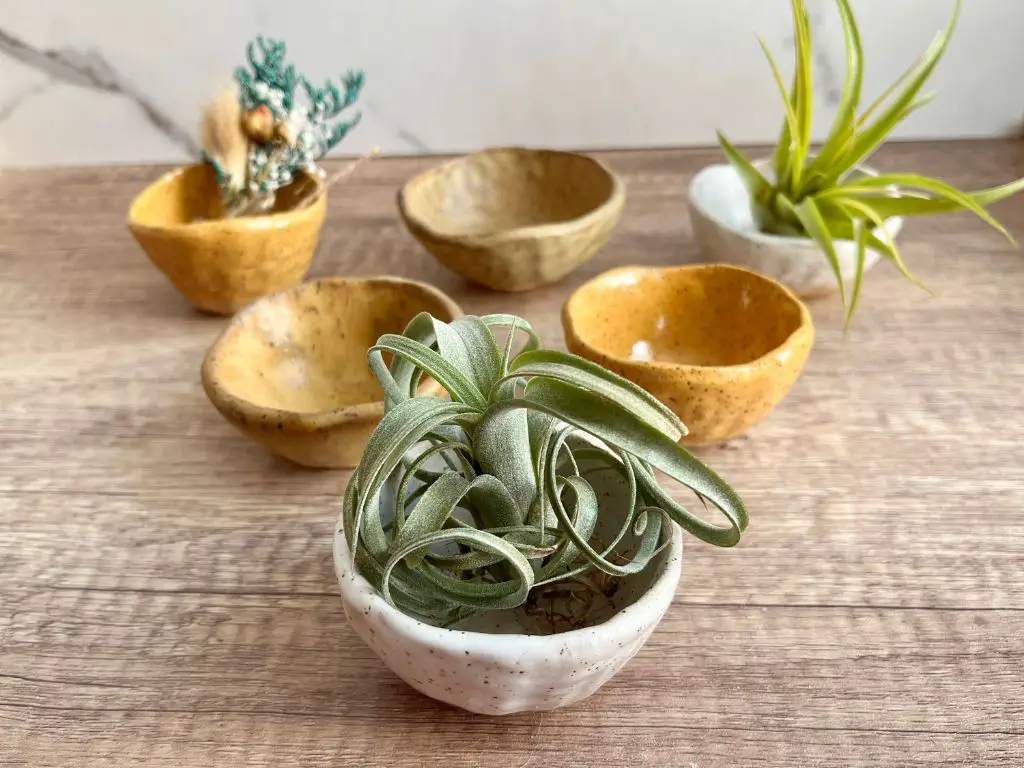
Pinch pots are ideal for creating small decorative pieces, gifts, and simple functional items. Their small size and handmade imperfections give pinch pots a charming, homemade look that makes them perfect for displaying around the home or giving as gifts. Some of the best uses for pinch pots include:
Small planters or trinket dishes – The simplicity of a pinch pot’s shape makes them perfect for holding small items like jewelry, office supplies, or small plants. Add interest by imprinting textures or cutouts into the clay.
Miniature bowls or cups – Make a set of tiny bowls or cups for condiments, dips, or tasting samples. Pinch pots are also great for portion-sized snacks or desserts.
Ornaments and decor – Hang pinch pot ornaments on a Christmas tree or thread a bit of ribbon through a pinch pot vase for a sweet decor piece. They can also sit nicely on shelves or windowsills.
Fridge magnets – Flatten a pinch pot and adorn with beads, shells or textures to make magnets perfect for gifting or decorating the fridge.
Candle holders – Poke a hole in the bottom of a pinch pot, drop in a tealight candle and let the glow shine through the thin walls. Instant ambiance!
With their pleasing shapes and cozy craft aesthetic, pinch pots make enjoyable small projects for all skill levels. Their simplicity also makes them a great way to start working with clay.

